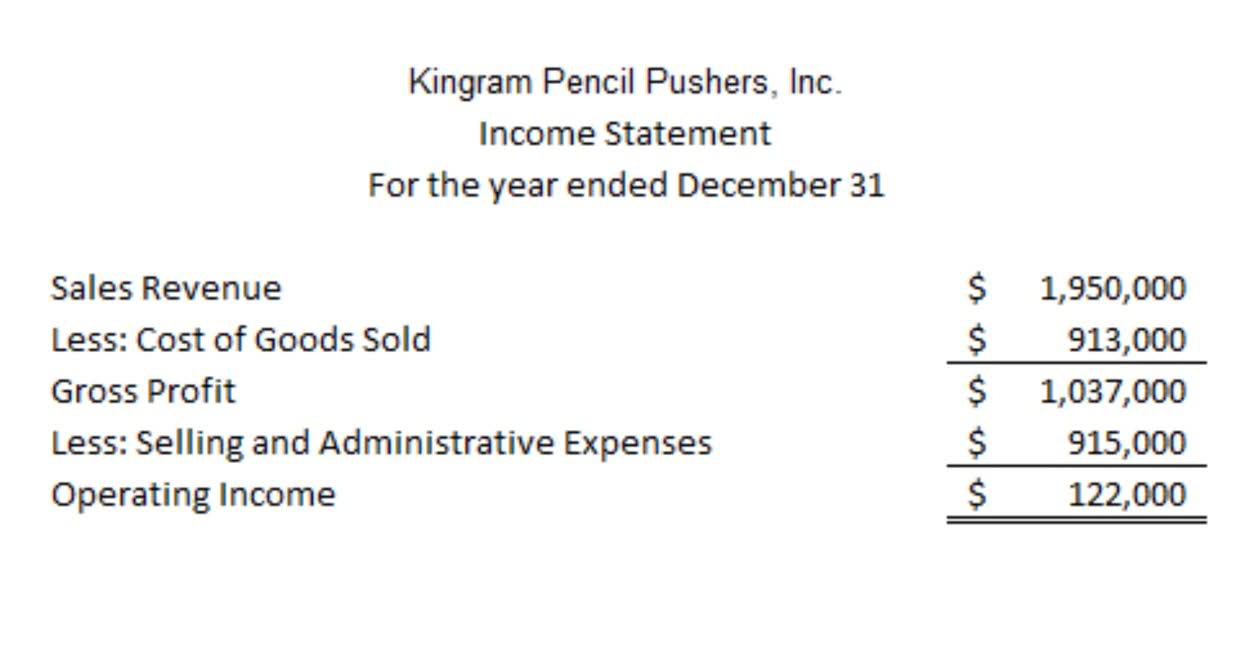Your cart is currently empty!

Yes, contra Food Truck Accounting asset accounts always have a credit balance, which is the opposite of a regular asset account. Contra asset accounts help ensure financial statements are accurate and not overly optimistic. For example, without an allowance for doubtful accounts, a business might show a high accounts receivable balance even if it knows some customers won’t pay. Or, if they contain relatively minor balances, they may be aggregated with their paired accounts and presented as a single line item in the balance sheet. In either case, the net amount of the pair of accounts is referred to as the book value of the asset account in question. When a contra asset account is not stated separately in the balance sheet, it may be worthwhile to disclose the amount in the accompanying footnotes, where readers can readily see it.
1. Sales Discounts, Returns and Allowances Revenue Contra
- Contra asset accounts like Accumulated Depreciation account for this decrease.
- A contra account is used to offset the balance of a related account and has an opposite balance.
- For example, if a company owns equipment worth $100,000, wear and tear over time reduces its value.
- Most accountants choose to record the depreciation over the useful life of an item in the accumulated depreciation contra asset account, which is a credit account.
- So an Accumulated Depletion account would serve as the contra for the parent Fixed Asset account.
In other words, the contra liability account is used to adjust the book value of an asset or liability. Contra liability accounts are used to offset the balance in a liability contra asset examples account. For example, if a company has a liability account for unearned revenue, they would also have a contra liability account to offset the balance in the unearned revenue account.
Contra Account: Definition, Types & Examples

These figures have a negative balance and reduce the total PP&E to arrive at the net PP&E figure. Contra-assets provide stakeholders with a more nuanced understanding of the company’s true financial health by reflecting the deterioration or reduction in value of assets. Contra asset accounts are essential in bookkeeping for portraying the accurate net value of assets.
What is a Contra Account?
A contra asset is paired with an asset account to reduce the value of the account without changing the historical value of the asset. Examples of contra assets include Accumulated Depreciation and Allowance for Doubtful Accounts. Unlike an asset which has a normal debit balance, a contra asset has a normal credit balance because it works opposite of the main account. A contra account is an account that is used to offset the balance of a related account on a company’s financial statements. These less-frequent contra accounts come into play when you need to account for changes in the outstanding liabilities for your business.
What is the process of managing contra asset accounts in QuickBooks?

These examples illustrate how contra accounts are used in various contexts to provide a more accurate picture of a company’s financial position and performance. For example, if a company has a $10,000 accounts receivable balance, it may create a contra account called “Allowance for Doubtful Accounts” with a credit balance of $1,000 to offset the accounts receivable balance. This allows the company to reflect a more accurate balance for its accounts receivable. Treasury stock is a contra equity account that is used to offset the balance of the common stock account. The purpose of this account is to reduce the total equity on the balance sheet.
Contra Account Example: Allowance for Doubtful Accounts
Master accounting topics that pose a particular challenge to finance professionals.

An example of contra equity with buying back shares or stock would be a company that has issued shares to the public. The contra equity account would be used to offset the equity account on the balance sheet. A contra equity account is an account that is used to offset another equity account on the balance sheet. Contra equity accounts are typically used for a company to buy back its stock or shares. This would allow the company to track the amount of money income statement that has been borrowed. The contra liability account would be used to offset the liability account on the balance sheet.
Types of Contra Asset Accounts
A contra account provides missing context by pairing it with a related account. So as values shift depending on real-world factors, rather than making deductions or adjustments to the original or “parent” account, you would record these changes in the contra account instead. In the financial statements the asset a/c would be offset against the contra asset a/c to show the net balance. Optimizing your handle on contra accounts doesn’t end with just understanding them; it’s about mastering the tools and techniques to manage them effectively.
- Therefore, to ensure accounts receivable stays clean and transparent, CCC will record $2,500 in the contra asset account called “Allowance for Doubtful Accounts”.
- It reduces the overall value of the notes receivable account, reflecting the true economic value of the receivable.
- There is almost always a story behind data; a clarification or historical insight that changes the meaning behind raw figures.
- Instead of directly reducing the balance of the main account, a contra account allows businesses to show both the original value and the adjustment separately.
Maximizing Financial Performance with Effective Contra Account Management
- In other words, a contra asset account maintains a credit balance instead of a debit balance.
- Contra accounts are an essential part of accounting that are often misunderstood or overlooked.
- Contra accounts are typically used to show the credit balance of an account that has a debit balance, and vice versa.
- The purpose of the Accumulated Depreciation account is to track the reduction in the value of the asset while preserving the historical cost of the asset.
- However, it’s important to keep in mind that you can create any contra account you want to more clearly describe your business — this is not an exhaustive or definitive list.
On the income statement, a contra account is typically used to reduce the gross revenue or gross sales of a company. For example, a sales returns and allowances account is used to offset the value of goods that were returned or discounted by customers. For example, if a company has an asset account for accumulated depreciation, they would also have a contra asset account to offset the balance in the accumulated depreciation account. The contra revenue account is a reduction from gross revenue, which results in net revenue. These transactions are reported in one or more contra revenue accounts, which usually have a debit balance and reduce the total amount of the company’s net revenue.
![TUSK INSTRUMENTS LTD. [UK]](https://tuskuk.com/wp-content/uploads/2023/01/logo-1.png)